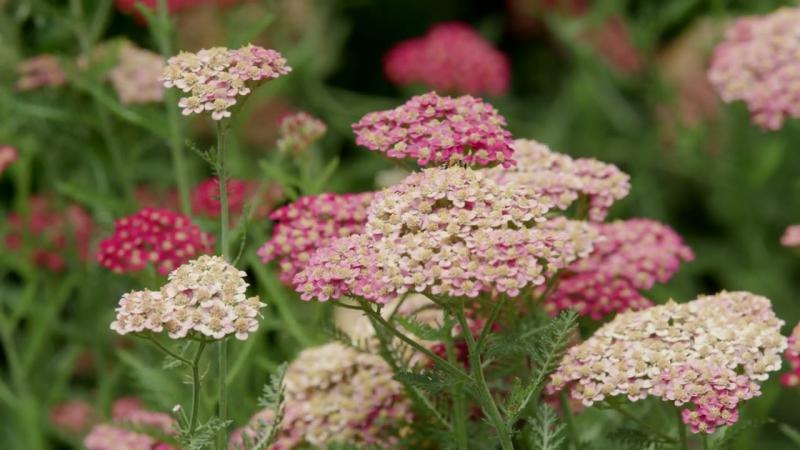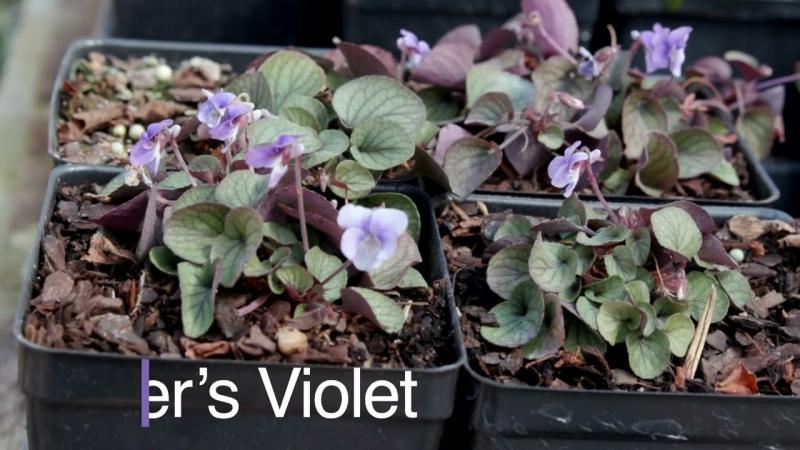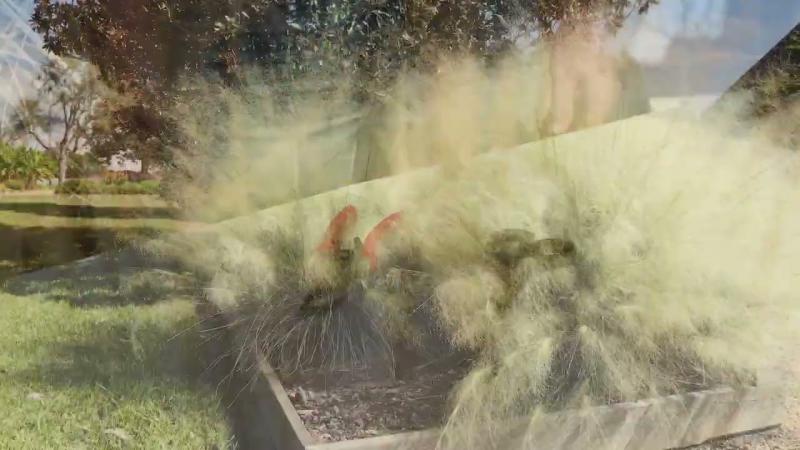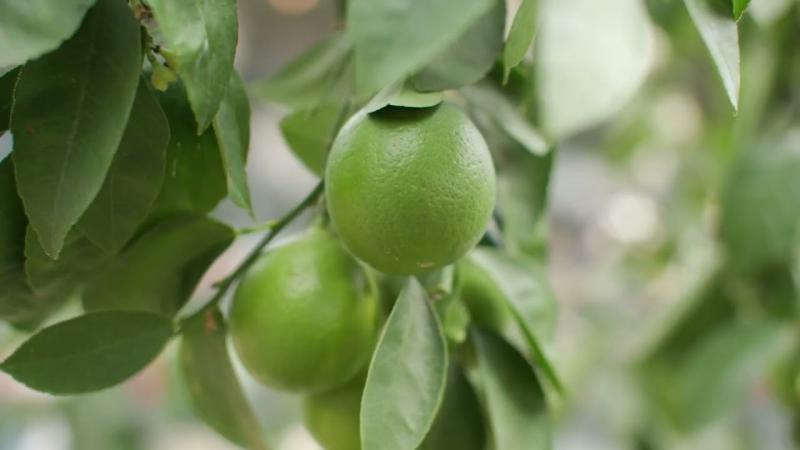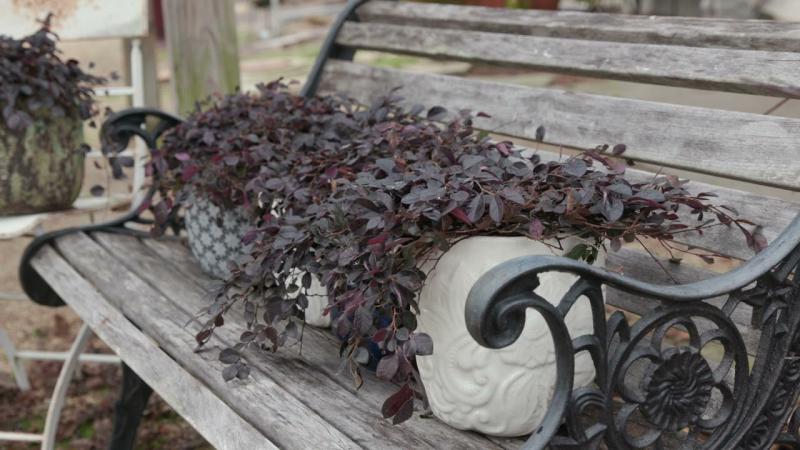Soil Preparation
Soil preparation is the most crucial step in success with annuals. Roots of annuals have to penetrate soils quickly, anchor plants, and absorb water and nutrients in one season, often under adverse conditions. Most Mississippi soils can be improved with cultivation and the addition of other ingredients.
Cultivating wet soils may cause lumping and shallow "pans," which resist air, water, and root penetration. Soil that is ready for cultivation holds its shape when squeezed, but crumbles easily. Power tillers are useful for preparing large areas, but may create a compacted zone in the soil directly under the tilled area. Use a digging fork to help avoid soil compaction.
The first step in preparing a bed for annual plants is to remove any unwanted plants with a hoe and rake or with a nonselective contact herbicide. After weeds have been removed or killed, dig the soil a shovel's depth; deeper soil preparation is normally not necessary. To prevent resprouting, remove grass and weed roots while turning the soil. Break clods and lumps into smaller pieces.
Add 3 to 4 inches of organic material, such as composted leaf and yard litter, pine bark, peat moss, or composted manure. Then add an inch or two of sharp sand if the soil is heavy. Also, if the soil test indicates a need for lime or fertilizer supplements, spread them at the recommended rate over the top at this time. Mix amendments together, blending the organic matter, sand, and fertilizers. Rake the prepared bed smooth when finished.
Publications
News
I’ve always been drawn to plants with maroon-colored leaves. There is something alluring about the way their deep hues add layers of depth, contrast and intrigue to a landscape.
Rich maroon foliage grounds a garden, making surrounding colors pop while adding a touch of drama and elegance. Let’s take a look at some standout plants.
While in Grenada, Mississippi, speaking at the Garden Clubs of Mississippi’s 26th Annual Convention, I couldn’t help but notice the gorgeous white-blooming plants that graced the town’s gardens, p
The last group of native plants I want to highlight during Native Plant Month are those that pollinators can’t resist. Some of my favorites in this group are liatris, coreopsis, gaillardia and gaura.
These plants are beautiful and bring life to my garden through the pollinators they attract. With the right care, they truly thrive.





